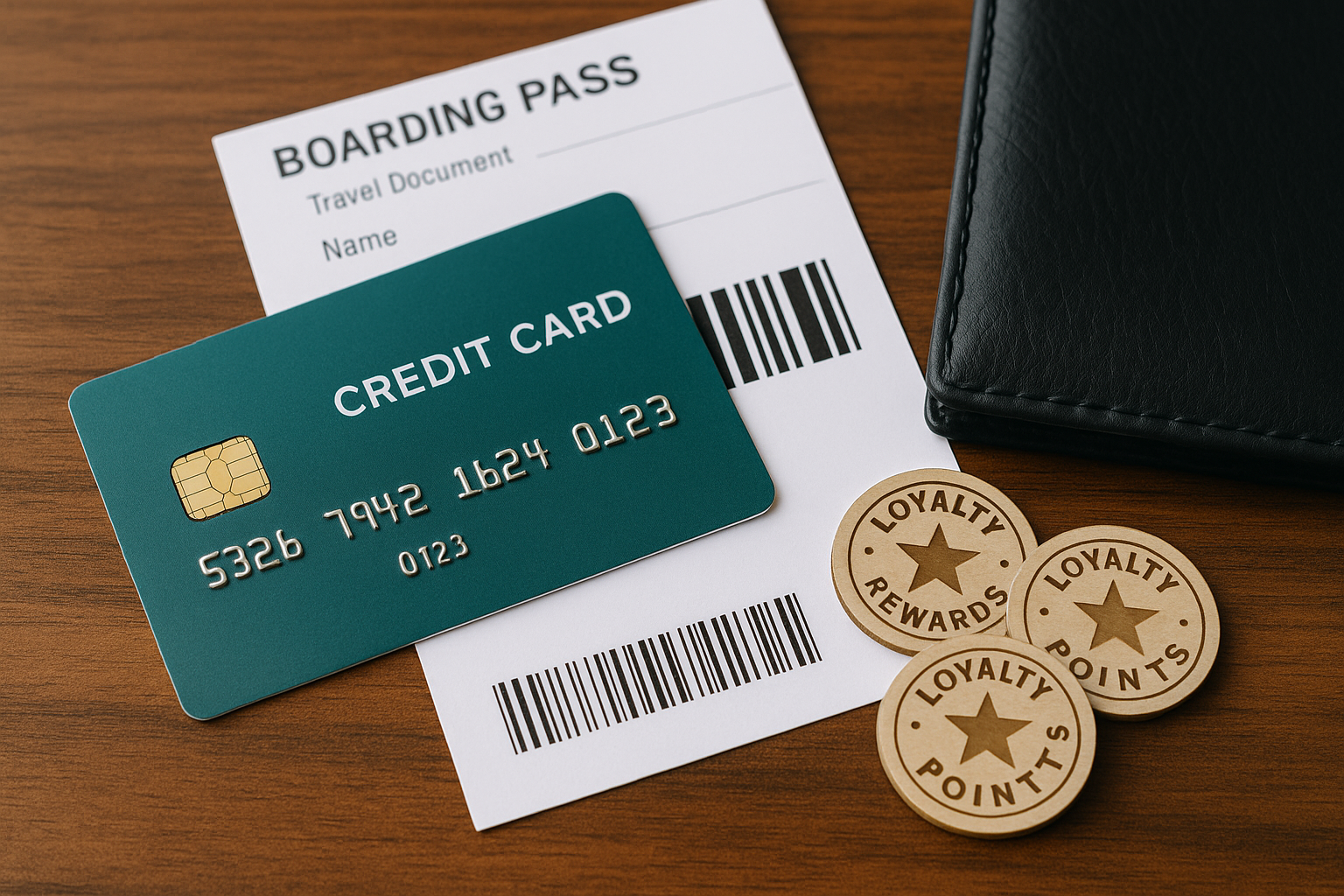Credit cards and loyalty programs are powerful tools for maximizing rewards, offering cardholders the chance to earn significant perks on everyday spending. Understanding how these programs work can unlock numerous benefits, from travel points to cash back. By choosing the right credit card and leveraging its rewards system effectively, consumers can turn ordinary purchases into extraordinary advantages.
Whether you’re new to credit cards or an experienced user, navigating the myriad of options can be daunting. Loyalty programs are designed to retain customer loyalty through incentives, but not all are created equal. Identifying which program aligns with your spending habits is key to reaping the most rewards. This guide will demystify the complexities, giving you the tools needed to select the best options while enhancing your financial literacy.
Understanding the basics of loyalty programs

Loyalty programs are structured to reward consumers for their continued use of a particular brand or service. They usually operate through a points or cashback system that can be redeemed for a variety of products, services, or discounts. Credit card issuers partner with these programs to provide added value to cardholders, incentivizing usage and retention.
The fundamentals of these programs require two primary considerations: finding a card with an attractive rewards rate and understanding the terms. Rewards rates vary, but typically range from 1% to 3% per dollar spent, sometimes higher for specific categories like travel or dining. Knowing the ins and outs of these rates can maximize your potential earnings.
Credit cards often offer sign-up bonuses that add immediate value to new cardholders. These bonuses can range from bonus points to statement credits, usually provided after meeting a minimum spending threshold. Evaluating how these initial offers fit into your spending habits can significantly boost your early rewards.
Maximizing daily spending
Everyday purchases present a prime opportunity to accumulate rewards. By strategically using your credit card for routine expenses, such as groceries and transportation, you can optimize your return. Look for cards offering bonus categories that match your spending, such as 3% cashback on dining or double points on groceries.
Avoid the temptation to overspend beyond your means to earn rewards. The interest charges from carrying a balance can quickly outweigh any benefits gained from loyalty programs. Ensure that you’re only using your card for purchases you would make regardless of the rewards.
Understanding reward redemption
Redeeming rewards is as crucial as earning them, and understanding your options will help you extract maximum value. Common redemption methods include travel discounts, statement credits, and gift cards. Each option varies in value per point, so research is essential to optimize your returns.
Some programs allow for points transfers to airline or hotel partners, often yielding greater value compared to direct redemption. It’s wise to plan strategic redemptions that align with your lifestyle, maximizing your experiences rather than monetary return alone. Tailor your redemption strategy to fit your personal and financial goals.
Selecting the best credit card for rewards
Choosing the right credit card is foundational to maximizing your rewards potential. Start by analyzing your spending patterns to identify cards that offer attractive bonuses in categories you frequently spend in. This tailored approach enhances your ability to earn rewards efficiently.
While some cards have annual fees, these costs can be offset by the rewards gained if utilized correctly. High-value cards often come with added benefits, such as travel insurance or airport lounge access, which may justify the fee. Thorough comparison ensures you unlock maximum benefits from your card.
Comparing loyalty programs
With numerous loyalty programs available, comparing them effectively is key to making informed decisions. Focus on the quality of rewards, the flexibility of redemption options, and ease of earning points. Evaluate if loyalty tiers offer better benefits, as advanced tiers often yield greater rewards.
Research customer reviews to gather insights into the user experience, as ease of redemption and customer service can significantly impact the overall utility of a rewards program. Select programs known for transparency and reliability, ensuring that point accumulation translates into tangible benefits.
Common pitfalls to avoid
While loyalty programs are designed to be advantageous, certain pitfalls can hinder their effectiveness. One common mistake is neglecting to pay off your credit card balance in full, which can result in accumulating interest that negates any earned rewards. Maintaining financial discipline is paramount.
Additionally, be wary of points expiration and changes in program terms, which can unexpectedly reduce the value of your rewards. Keep abreast of program announcements and stay informed, ensuring you utilize your earnings fully before they become obsolete. Proactive management preserves the value of your gains.





